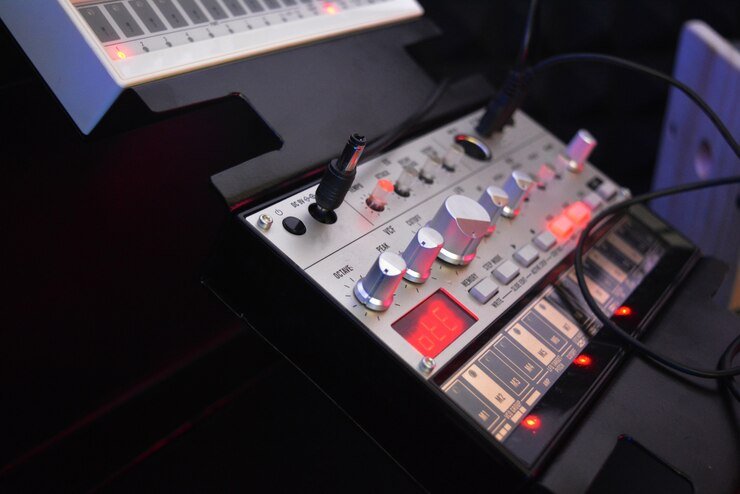Introduction
The art of mastering demands precision, clarity, and equipment that can elevate sound to its purest form. Among the plethora of tools available, the mercury eq-p2 versus tube tech hlt-20 mastering stand out as two titans in the realm of analog equalizers. Both pieces of equipment cater to audiophiles and professionals who seek to perfect their craft. But how do they compare in terms of design, sound quality, versatility, and usability? This article dives deep into the technical and artistic nuances of these two remarkable devices.
Design and Build Quality
The mercury eq-p2 versus tube tech hlt-20 mastering are both celebrated for their robust construction, designed to withstand the rigors of professional studios. The Mercury EQ-P2 takes inspiration from vintage Pultec equalizers, boasting a classic design with a heavy-duty chassis. Its tactile knobs and switches exude a sense of traditional engineering, catering to those who appreciate old-school aesthetics. In contrast, the Tube-Tech HLT-20 incorporates a more contemporary design without losing its analog charm. The sleek front panel layout is intuitive, featuring clearly marked controls that facilitate ease of use. This modern aesthetic is coupled with a rugged build, ensuring longevity and consistent performance. While the EQ-P2 might appeal more to purists who value nostalgia, the HLT-20 strikes a balance between vintage inspiration and modern innovation.
Sound Quality and Character
When it comes to sound, the Mercury EQ-P2 delivers the warm, smooth tonal qualities that have become synonymous with Pultec-style equalizers. Its tube-driven circuitry enhances harmonics, adding a lush, musical quality to the audio. This makes it a favorite for genres where warmth and depth are critical, such as jazz, classical, and acoustic recordings. The Tube-Tech HLT-20, however, offers a more transparent sound with a focus on precision. Its midrange section is particularly notable, providing detailed control that allows mastering engineers to sculpt the sound with pinpoint accuracy. The HLT-20’s clarity makes it ideal for modern pop, electronic, and genres that require a polished and pristine finish. While both units excel in their unique ways, the choice often boils down to the user’s preference for warmth versus clarity.
Features and Versatility

The Mercury EQ-P2 sticks to the essentials, focusing on delivering unparalleled tonal quality. Its simple yet effective control scheme allows for subtle adjustments, perfect for those who prefer to work within the confines of a traditional equalizer. On the other hand, the Tube-Tech HLT-20 offers a broader feature set, including its innovative tilt control, which allows users to balance frequencies seamlessly. This feature is particularly useful in mastering applications, where minute adjustments can make or break a mix. Additionally, the HLT-20’s versatility extends to its ability to handle a wide range of audio material, making it a go-to choice for mastering engineers dealing with diverse projects. While the EQ-P2 thrives in delivering a specific sonic signature, the HLT-20’s adaptability ensures it meets the demands of any audio scenario.
Usability and Workflow
The Mercury EQ-P2’s simplicity translates to a straightforward workflow, enabling engineers to focus entirely on the sound without being bogged down by complex controls. However, this minimalism might limit its appeal to those who desire more flexibility. The Tube-Tech HLT-20, with its additional features and ergonomic design, offers a slightly steeper learning curve but ultimately rewards users with greater control and precision. Its tilt function, combined with the intuitive layout, ensures that even intricate adjustments can be made swiftly. The EQ-P2 might resonate with those who value a plug-and-play approach, while the HLT-20 appeals to professionals who are willing to invest time in mastering its full potential.
Conclusion
Both the Mercury EQ-P2 and Tube-Tech HLT-20 are stellar choices for mastering engineers, each bringing its own strengths to the table. The EQ-P2’s vintage-inspired warmth and straightforward design make it a beloved tool for traditionalists, while the HLT-20’s clarity, versatility, and innovative features cater to modern audio demands. Ultimately, the decision between the two lies in understanding the needs of your project and personal sonic preferences. Whether you lean towards the nostalgic charm of the Mercury EQ-P2 or the cutting-edge precision of the Tube-Tech HLT-20, both ensure your audio will reach its highest potential.

